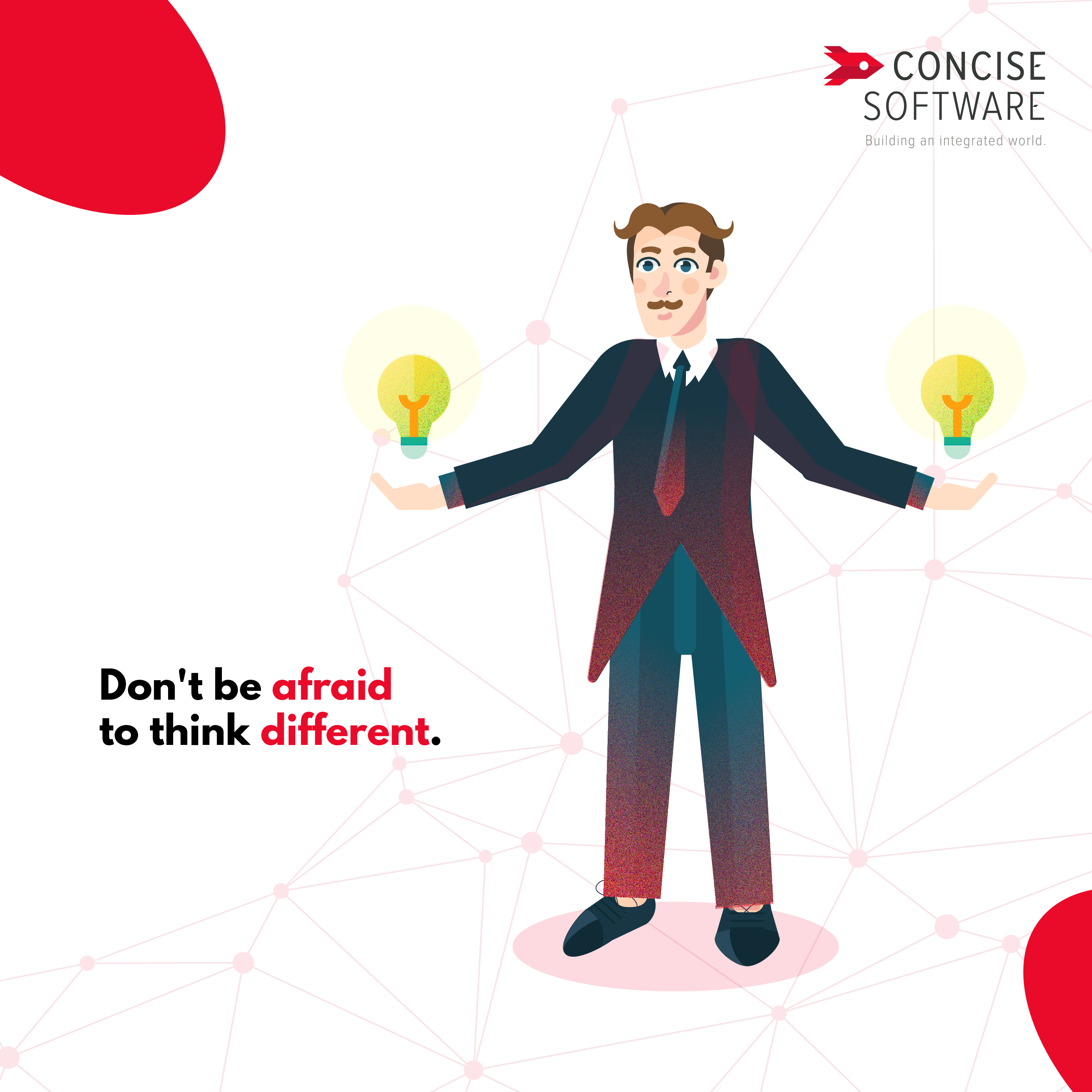
Nikola Tesla – scientist worth knowing
Table of Contents
Nikola Tesla – born July 10th 1856 in Smiliana (Serbia), died on the 7th January 1943 in New York. He was an outstanding electrical engineer, inventor and a constructor of many devices that we use to produce and alternate electric current.
As an inventor he was an extremely prolific designer. More than 300 patents protected his 125 inventions, he invented such things like: the electric motor, alternating current generator, autotransformer, bicycle dynamo and radio. These are, of course, not all devices that he managed to construct. What’s more, a lot of things that are a part of our life couldn’t be made without Nikola Tesla’s previous achievements.
Nikola Tesla in science history
In the history of science he is also well known for his fierce rivalry with Thomas Alva Edison. Nikola Tesla’s competitor not only approached the issue of electricity differently (he only recognized direct current), but he also didn’t hesitate to claim Tesla’s achievements. Thomas Alva Edison openly criticized Tesla and sincerely despised him, not least because he was a worthy opponent in his struggle for priority in the context of certain inventions. It is worth mentioning that Nikola Tesla worked for Thomas Edison at the beginning of his career in the United States, initially he was impressed by his older “colleague”. This spell broke when Edison didn’t pay Tesla the agreed salary for his work in his power plants. From that moment on, they were both eternal enemies.

AC versus DC
Nikola Tesla focused his work on alternating current – he designed equipment that utilizes the power of alternating current, including an electric motor and a fluorescent lamp. His work was therefore the basis for the generation and transmission of alternating current. One of his first big inventions was the first power plant of this current and a transmission line, so that his fluorescent lamps, which were supplied to all railway stations of the Western Union of the northeastern United States, could be powered. The market situation became dangerous for Edison because of the simple fact that the Tesla installations allowed him to gradually take over the electricity market in the country. As a result, Edison, who was competing with him, made a desperate attempt to save himself by launching a campaign announcing the danger of using alternating current.
Read also: Native app vs. hybrid app – which one you should choose?
Hardly anyone knows the fact that Tesla was the inventor of the radio for which… The Nobel Prize went to Guglielmo Marconi. The latter scientist filed a patent for the device two days faster, which caused a long battle between the inventors. Eventually Tesla went bankrupt, and Marconi received not only a medal from the Academy of Sciences, but also a lot of money and respect.

However, not all of Nikola Tesla’s ideas were so “down-to-earth”. Until the last years of his life, he devoted a lot of time to the idea of the so-called “free energy”, which was supposed to be a response to all energy needs of humanity. Until today some scientists try to research works of inventors in search of any clues as to where such energy can be searched for. In 1901 he succeeded in patenting the “Apparatus for the Use of Radiant Energy”, the application of which related to the use, as he expressed it: “The sun, as well as other sources of radiant energy, such as cosmic rays.”.
Nikola Tesla died on the 7th of January 1943. The funeral took place on January 12th, with more than 2000 participants. He has never tied himself to any woman, most likely leaving no children behind. In response to compliments on his intellect, he used to say: “My prematurely deceased brother was much more intelligent than me.” The direct cause of the scientist’s death was coronary thrombosis.